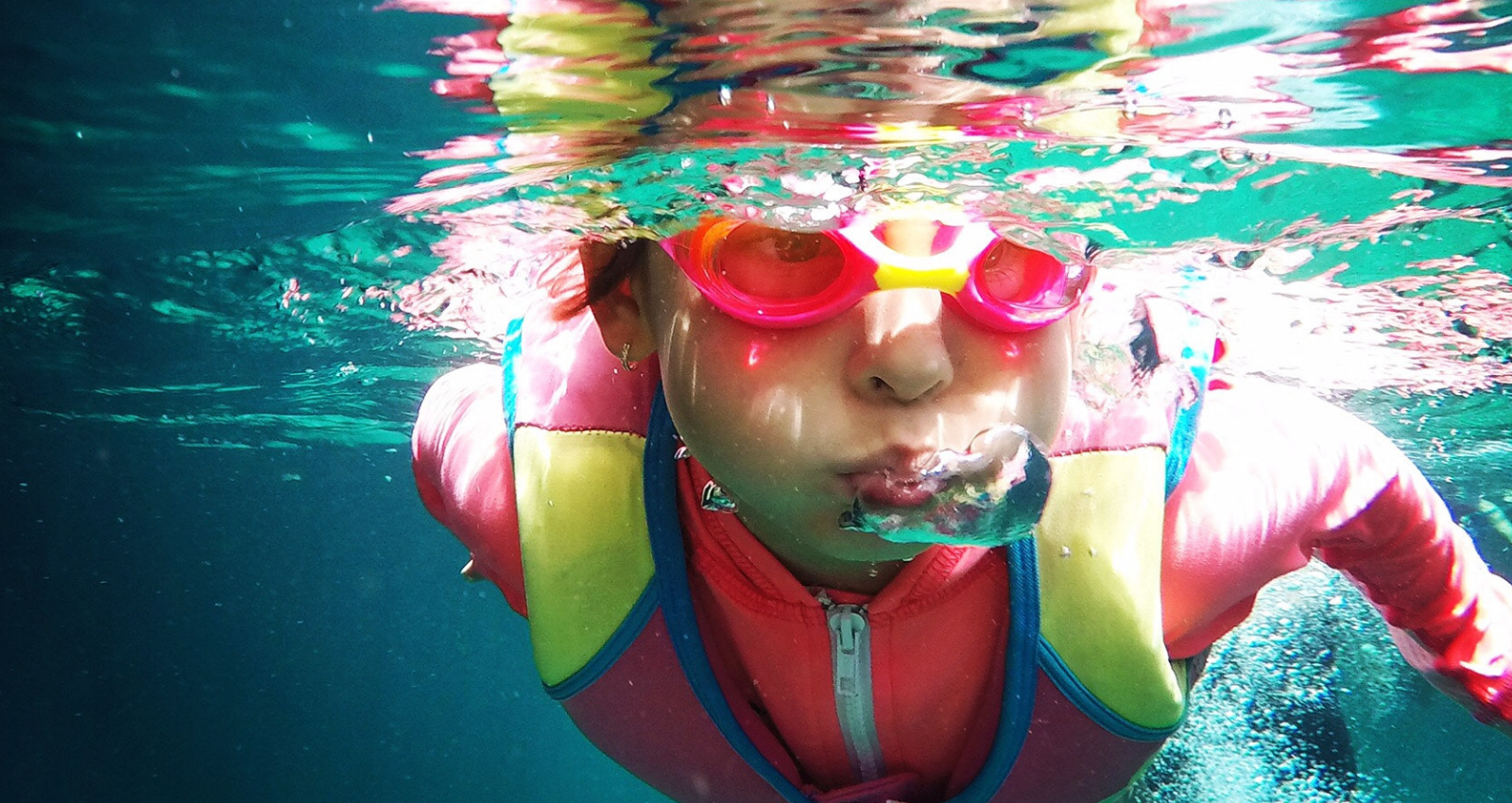
How to Teach Children with Autism to Swim
Benefits of Teaching Children With Autism to Swim
There are so many benefits to teaching your child with autism to swim. Swimming can be fun, great exercise, therapeutic and an enjoyable sensory experience. However, we all know that water can also be dangerous. Therefore - particularly with children who have a reduced awareness of danger - learning to swim can help to reduce the risk of injury and drowning in water.
Below you will find some tips to help teach children with autism to swim:
1. Special Needs Swimwear and Swim Nappies
It is important to buy swim nappies and incontinence swimwear if your child is incontinent to ensure that your child can swim with confidence and dignity, avoiding any accidents whilst in the water. Unlike swim nappies for babies and toddlers, special needs swim nappies are not available to buy in supermarkets. However, you can buy disposable swim nappies and reusable swim nappies online.
Disposal swim nappies, like regular nappies, can be thrown away after use. They have an absorbent core, which does not swell up in water.
Reusable swim nappies can be purchased and used time and time again. They are made from soft, stretchy bathing suit material, which allows water to escape but should contain any solids. Often they take the form of usual swimwear, which makes them discreet. At SpecialKids.Company, we offer a range of fashionable and functional incontinence swimwear for children with built-in special needs swim nappies. You will find on our website a range of special needs swim shorts and special needs swimsuits for boys and girls from 3 to 16 years old.

2. Speak to your Local Swimming Pool
You should speak to your local swimming pool beforehand to find out what they offer to assist children with autism. They may offer ‘ASD friendly’ sessions, where the pool is quieter with less people and any music switched off. If they don’t offer this, you could ask them what time of day is quieter and whether they have facilities like a quiet space if your child is feeling overwhelmed and Changing Places toilet.
3. Check your Swimming Pools Changing Facilities
If your child is doubly-incontinent, you should check your swimming pools changing facilities beforehand to see if they have a Changing Places toilet as mentioned above, or a changing room with an adult-sized changing bench and, if needed, a hoist.
Changing a child safely, hygienically and with dignit, can be very tricky in small cubicles, which are not designed for changing children with incontinence issues.
4. Use Swimming Aids
A swimming pools environment can be busy and noisy and for children with autism there may be lots of auditory and visual distractions, which can be intimidating. Swimming aids, such as ear plugs, goggles and swim caps may help to reduce these distractions and make your child feel more comfortable and secure.
Swimming toys may help to keep your child engaged and teach them certain tasks. They can also become part of their swimming routine.

5. Hire a Professional
If you are not a qualified swimming instructor, you should really consider hiring a professional to teach your child to swim – preferably an instructor with experience of children with autism. You should let your child meet the instructor beforehand and make the instructor aware of any aural sensitivity your child may have, for example many instructors use a whistle, which could be painful and frightening for some children with autism.
Hiring a qualified swimming instructor with experience of teaching children with autism to swim will ensure that your child has the best supervision and may help to speed up the process of learning to swim.
6. Preparation, Visual Cues and Communication
Preparing your child for swimming is imperative. This can be done by visual cues such as social stories and photographs so that they know what to expect when going swimming.
You could also arrange to take them to the swimming pool beforehand to see the environment and perhaps observe a swimming lesson. This will help to give them an idea of what happens and provide them with the opportunity to ask questions. It will also give you the opportunity to point certain things out. Communication should be clear, concise and correct to help reduce risk and reinforce safety, for example, there is no running at the poolside.
7. Create a Routine
Often, routine plays an important role in the life of a child with autism because routines help to create stability and order. It is therefore beneficial to create a clear routine for going swimming, which should help your child feel comfortable and confident in the water. This may begin with a social story and getting changed into special needs swimwear.
If your child is attending a lesson with a swimming instructor, using the same aids or tasks throughout the lesson will help.
We hope that the above advice has been helpful. What has helped you teach your child with autism to swim? You can leave a comment below.

